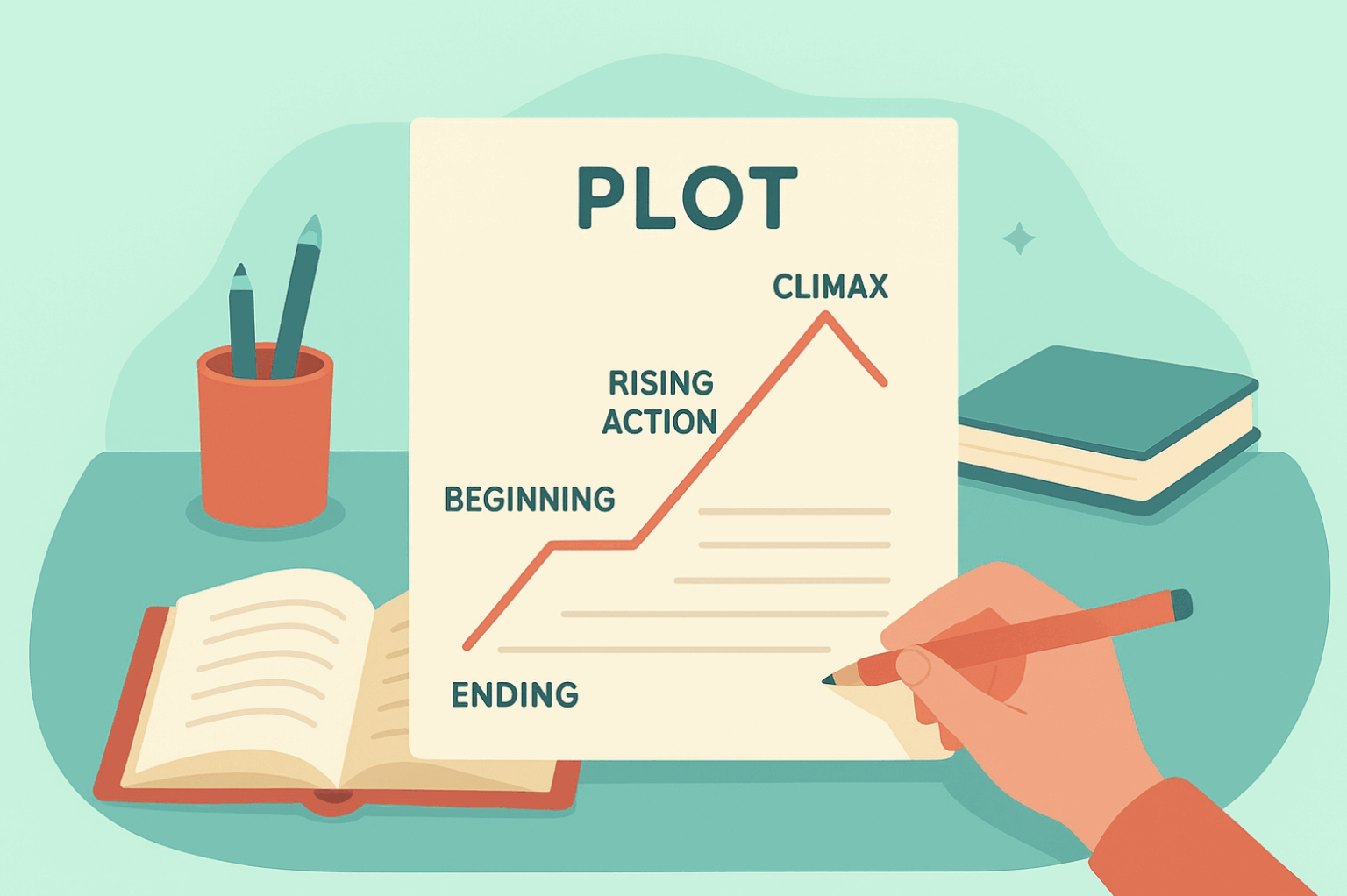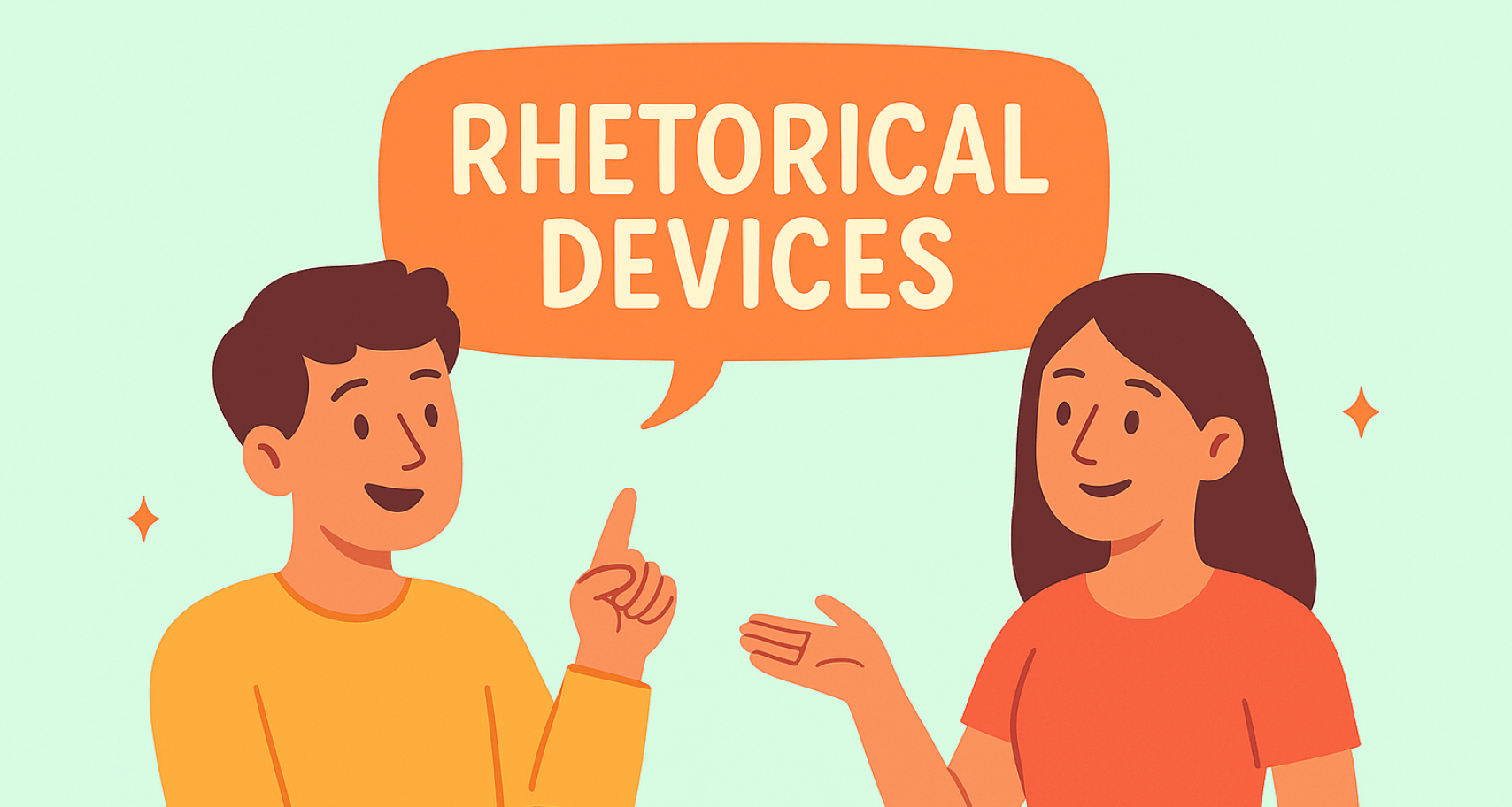Imagine watching a movie where nothing happens until the very end, no twists, no tension, just a long, boring stroll to the finale. Sounds painful, right? That’s exactly why the rising action is the quiet powerhouse of storytelling. It’s the part of a story where things start heating up, conflicts multiply, and your heart starts racing (or at least it should). It’s the narrative roller coaster before the big drop, the climb that makes the climax worth the wait.
In this article, we’ll break down what rising action is, why it matters, and how it works behind the scenes to keep readers and viewers hooked. Whether you’re a writer aiming to craft captivating stories or a curious reader seeking to understand why certain scenes evoke your adrenaline, understanding this phase is crucial. So buckle up, because the storytelling journey is about to get interesting, and no, we won’t make you wait until the end for the fun!
What Is Rising Action?
The rising action definition refers to the part of a story where the plot begins to gain momentum. It’s the series of events leading from the exposition to the climax, the moment of greatest tension or conflict. Think of it as the build-up in a suspense thriller or the mounting challenges a hero faces on their quest. Without it, stories would be flat and predictable, like a cake without frosting or a movie without popcorn (and who wants that?).
This phase introduces complications and obstacles that the main characters must overcome, raising the stakes and deepening emotions. Rising action keeps the audience engaged, making them care about what happens next. It’s the engine that drives the narrative forward and makes the climax truly impactful, like turning up the heat in the kitchen right before the meal is served.
Why Rising Action Matters in Storytelling
If stories were roller coasters, rising action would be the thrilling climb before the big drop, the part where your excitement (and maybe a little bit of anxiety) builds. This phase matters because it transforms a simple series of events into a gripping narrative that keeps readers or viewers on the edge of their seats.
This is where conflicts intensify, characters grow, and the stakes get higher. Without this buildup, a story’s climax would feel sudden or unearned, like a surprise party with no guests. The escalating tension carefully layers obstacles and complications, making the ultimate showdown or resolution feel meaningful and satisfying.
Besides building suspense, this middle section also develops characters by testing their decisions, strengths, and flaws. It’s where protagonists show grit and villains reveal their schemes. This dynamic progression keeps audiences emotionally invested and eager to see what happens next.
In essence, this crucial part of the plot turns a basic story into an engaging journey, full of twists, challenges, and moments that make you say, “I have to know what happens!”
Rising Action Example: Breaking Down Popular Stories
To truly understand rising action, let’s break down examples from three well-known stories: Harry Potter and the Sorcerer’s Stone, The Hunger Games, and Cinderella. These examples illustrate how this key storytelling element is employed across various genres and styles.
Harry Potter and the Sorcerer’s Stone: From Magic Lessons to Mystery
The rising action begins when Harry discovers he’s a wizard and starts at Hogwarts. Harry quickly makes friends with Ron and Hermione and faces early challenges like learning magic spells and attending classes. As the story progresses, the trio uncovers clues about the Sorcerer’s Stone, realizing someone is trying to steal it.
Tension builds with escalating challenges, battling a troll, sneaking past magical obstacles, and solving puzzles. These events test their bravery and intelligence, leading to the climax where Harry confronts Professor Quirrell, revealing Voldemort’s plan.
The Hunger Games: From Survival Training to Arena Battles
In Suzanne Collins’s The Hunger Games, the rising action kicks off when Katniss Everdeen volunteers to take her sister’s place as a tribute. The initial exposition introduces the dystopian world and the rules of the deadly games.
The rising action unfolds with Katniss’s training, forming alliances, and navigating the dangerous arena. Each challenge, from avoiding deadly traps to battling other tributes, heightens the stakes. The tension escalates until the climax, where Katniss faces life-or-death choices.
Cinderella: From Chores to the Royal Ball
Even classic fairy tales have rising action. In Cinderella, this phase begins with her harsh life under her stepmother and stepsisters. The conflict escalates when the royal ball is announced as a chance for Cinderella to change her fate. With magical help from her fairy godmother, Cinderella attends the ball but must leave before midnight. The tension rises as the prince searches for the mysterious guest, leading to the climax when the glass slipper fits Cinderella’s foot, resolving the story’s conflict.
Each of these examples shows that this part of the story is more than just “stuff happening.” It’s a carefully built sequence of challenges and discoveries that make the climax powerful and satisfying. Recognizing this stage helps readers appreciate the craft of storytelling and guides writers in creating engaging narratives.
How to Identify Rising Action in Any Story
Spotting rising action is easier than you might think once you know what to look for. This phase usually follows the introduction of characters and setting, but comes before the climax. It’s the part where things start to get interesting and complicated.
Here are a few key signs to help you identify rising action in books, movies, or plays:
- Increasing Conflict: Watch for challenges or obstacles that make the protagonist’s goal harder to achieve. This could be a rival, an internal struggle, or unexpected setbacks.
- Rising Tension: Notice how the stakes get higher over time, creating suspense and keeping you hooked.
- Character Development: The protagonist often grows or changes during this phase, responding to new information or challenges.
- Plot Twists and Revelations: Surprises that shift the direction of the story usually happen during rising action, adding complexity.
To practice, try pausing your next story or film after the exposition and ask yourself: “What events are making the conflict worse or more interesting?” Those moments mark this crucial part of the plot.
Identifying rising action not only deepens your appreciation of storytelling but also helps writers structure their narratives more effectively.
Common Mistakes to Avoid When Writing Rising Action
Writing rising action might seem straightforward, but many storytellers stumble at this crucial stage. Here are some common pitfalls to watch out for and how to avoid them:
1. Rushing the Build-Up:
Skipping over or speeding through the rising action can make your story feel flat or abrupt. Take time to develop conflicts and challenges so readers truly feel the tension.
2. Lack of Clear Conflict:
Rising action needs meaningful obstacles. If the challenges feel minor or unrelated, the story loses momentum, and the climax won’t have the impact it deserves.
3. Overloading with Too Much Information:
While building tension is key, avoid dumping excessive details or side plots that confuse or bore the reader. Keep the rising action focused and relevant.
4. Static Characters:
Characters should grow or change in response to the rising action. If your protagonist stays the same despite escalating challenges, readers may lose interest.
By paying attention to pacing, conflict, and character development, you can craft rising action that truly engages and propels your story forward.
Conclusion: Mastering the Art of Rising Action
The rising action definition highlights this phase as the backbone of any compelling story, the exciting buildup that turns simple events into an unforgettable journey. By understanding what it is, why it matters, and how it unfolds through examples, you’re better equipped to appreciate great storytelling and create your own.
Remember, this phase isn’t just filler; it’s where tension grows, characters evolve, and the stakes rise, setting the stage for a powerful climax. Whether you’re reading your favorite novel or crafting your tale, paying attention to this part will make the experience richer and more engaging.
So next time you dive into a story, try spotting the rising action moments, and if you’re a writer, embrace this “quiet powerhouse” to keep your audience hooked until the very last page.
FAQs – Rising Action Example
Q1: What is rising action?
Rising action is the series of events in a story that build tension and develop the central conflict, leading up to the climax. It typically follows the exposition and is the longest part of the plot, where characters face challenges that heighten suspense and engage the audience.
Q2: What is an example of a rising action?
In The Hunger Games by Suzanne Collins, the rising action includes Katniss Everdeen’s preparation for the games, forming alliances, and navigating the arena’s dangers. These events escalate the conflict and build tension before the climax.
Q3: How do you use rising action in a sentence?
“The rising action in the novel kept me hooked as the protagonist faced numerous obstacles on their journey.”
Q4: What best describes rising action?
Rising action is the part of a story where the main conflict is developed through a series of events that increase tension and suspense, leading to the climax.
Q5: What is the rising action in a plot chart?
In a plot chart, rising action is the segment that occurs after the exposition and before the climax. It represents the events that build up the central conflict and lead to the story’s turning point.
Q6: How do you explain rising action to a child?
Rising action is like when things start to get exciting in a story, when the main character faces problems and adventures that make the story more interesting.
Q7: What is the rising action of Cinderella?
In Cinderella, the rising action includes her difficult life with her stepmother and stepsisters, the announcement of the royal ball, and the magical transformation by her fairy godmother, all building tension before the ball and the eventual happy ending.
Q8: Is rising action good or bad?
It is neither good nor bad; it’s a necessary part of a story that makes the plot more exciting by adding challenges and building suspense.







